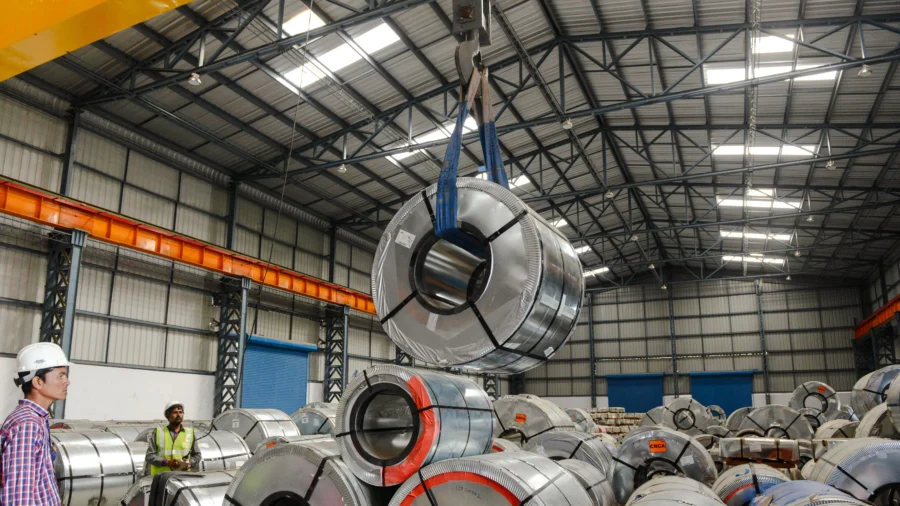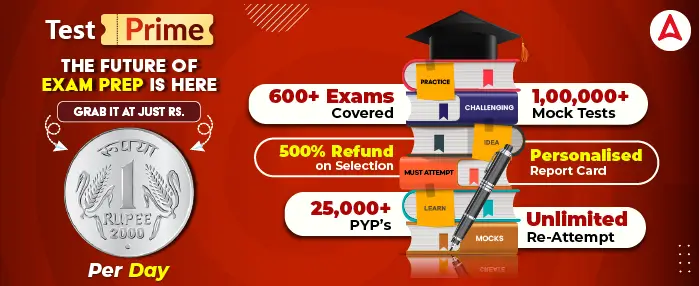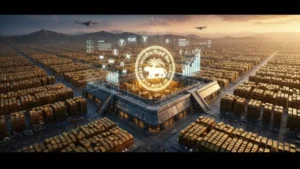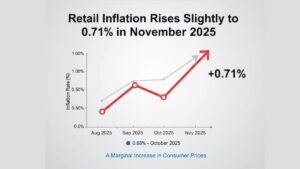In a decisive step to protect its domestic steel industry, the Government of India has announced the imposition of a 12% provisional safeguard duty on select categories of steel imports. The decision, which came into effect on April 21, 2025, is aimed at countering a surge in low-cost steel imports, especially from China, South Korea, and Japan. The move is being seen as a response to growing concerns within the industry about unfair competition and market distortion.
Background and Rationale
India’s steel imports have been on the rise in recent years. In the financial year 2024–25, India imported approximately 9.5 million metric tons of finished steel, the highest volume in nearly a decade. This dramatic increase led to India becoming a net importer of finished steel for the second consecutive year.
The government’s decision follows an investigation initiated by the Directorate General of Trade Remedies (DGTR) in December 2024. The DGTR found that certain steel products were being imported at prices significantly lower than the domestic market rates, causing “serious injury” to Indian steel manufacturers. Based on these findings, the Ministry of Finance approved a temporary safeguard duty to stabilize market conditions and prevent further damage to the domestic industry.
Scope of the 12% Safeguard Duty
The 12% tariff is a provisional measure effective for 200 days and applies specifically to a range of non-alloy and alloy steel flat products. These include:
- Hot-rolled coils, sheets, and plates
- Hot-rolled plate mill plates
- Cold-rolled coils and sheets
- Metallic-coated steel coils and sheets
- Colour-coated steel products
These categories were identified as the most affected by the recent wave of inexpensive imports, often priced below production cost or domestic equivalent prices.
Industry and Government Response
The imposition of the duty has received widespread support from both government officials and leading industrial players. Union Steel Minister H. D. Kumaraswamy welcomed the move, stating that it is “a timely intervention to restore fair competition in the steel market.”
Prominent Indian steelmakers such as Tata Steel, JSW Steel, SAIL, and ArcelorMittal Nippon Steel India have voiced support, emphasizing that such protection is crucial for the sustainability of the industry, especially amid global economic fluctuations.
At the same time, some stakeholders expressed concerns about whether the 12% rate is sufficient. Industry bodies had reportedly pushed for a higher tariff, arguing that the current duty might not fully offset the price disparity between domestic and imported steel.
Impact on Market and Economy
The safeguard duty is expected to have several short-term and long-term effects:
- Domestic manufacturers are likely to benefit immediately from reduced import competition, which could help in stabilizing prices and improving profit margins.
- Steel-consuming industries, such as construction and infrastructure, may see a moderate rise in input costs, which could impact project budgets if the tariff remains for an extended period.
- International trade relations, particularly with major exporting nations like China and South Korea, may face diplomatic or trade friction over the protectionist measure.
Nevertheless, the government has clarified that this duty is temporary and corrective in nature, not intended as a long-term barrier to free trade but rather as a protective mechanism in response to an unusual surge in imports.
Future Outlook
Over the next few months, the DGTR will continue monitoring the market to evaluate the effectiveness of the tariff. Depending on how the situation evolves, the government may:
- Extend the tariff beyond the initial 200-day period
- Adjust the rate based on ongoing injury assessments
- Introduce long-term trade remedies such as anti-dumping duties or countervailing measures
This decision also signals the government’s intent to take proactive steps in defending strategic sectors, especially in a global context where overproduction and dumping have disrupted trade balances.



 India’s Forex Reserves Rise by $1.68 Bil...
India’s Forex Reserves Rise by $1.68 Bil...
 India’s Net Direct Tax Collections Rise ...
India’s Net Direct Tax Collections Rise ...
 Retail Inflation Rises Slightly to 0.71%...
Retail Inflation Rises Slightly to 0.71%...







